Production is always associated with certain costs, which subsequently form the cost. Overhead costs combine the amounts necessary for the maintenance of workshops of primary and secondary production. Costs that are not directly related to the manufacture of products are classified as general expenses and accounted for separately.
Definition
Overhead costs - these are costs directly related to production activities. The main distinguishing feature of direct costs for the manufacture of products is that the amounts cannot be attributed to a specific type of product. The composition of overhead costs may include costs for:
- depreciation deductions;
- equipment maintenance;
- payment for utilities;
- rent of industrial premises;
- salaries of workers involved in the service process;
- other expenses.
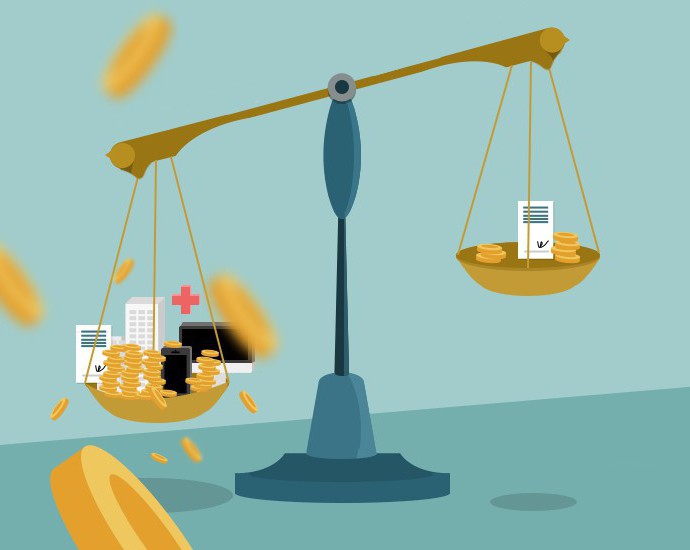
Although the costs do not directly relate to any type of product, they should be taken into account when calculating production costs.
The concept of general expenses
The activity of any enterprise is certainly connected with the functioning of its various departments. A production workshop cannot work on its own without management and control personnel. In the future, products must be stored and sold, which involves other personnel and facilities. All this leads to the formation of costs that would seem to be far from the production process, which are combined into a group of general economic expenses.
In their composition, the amounts necessary for:
- covering administrative expenses;
- remuneration for employees employed outside production;
- depreciation deductions and repair of general-purpose fixed assets;
- payment of rent of non-production premises;
- cover other expenses of a similar nature.
General business expenses are also written off to the cost of manufactured products in accordance with the rules of the accounting policy of the enterprise.
Overhead Feature
General production and general running costs grouped indirect costs arising in the course of the enterprise. The ratio of their amount to types of products and manufacturing time is difficult to trace, so they are written off by the method of cost allocation in proportion to a given indicator.
General production and general business expenses are taken into account, highlighting individual cost items and departments (workshops). This allows you to control the distribution of funds and identify the most expensive objects in maintenance and manufacturing.
Overhead in accounting data
General and general production costs in total terms are reflected in synthetic accounts 25 and 26. Both accounts do not have balances at the end of the month, because they serve to collect and distribute the costs of the main production. Amounts are debited to account 20 by posting Dt 20 Kt 25/26. Some enterprises (for example, providing intermediary services) account for all administrative and general business expenses on account 26, without using account 20.
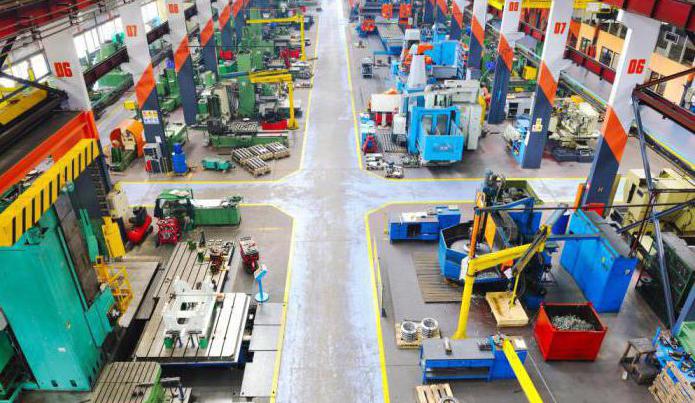
The accounts 25, 26 also conduct analytical accounting. Sub-accounts are opened for each workshop, as well as for individual items of general business expenses.When filling out the accountant is based on the data of primary documentation and other forms of accounting registers developed by the enterprise. In addition, statements No. 12 and 15 are kept for accounting for general production and general business expenses.
Typical debit postings 25, 26
Accounting for overhead costs includes the collection of information on cost items for the maintenance, maintenance and fulfillment of the needs of the main and auxiliary production. Using 26 accounts pursues the same goals, only the amount of administrative expenses is fixed. During a certain period, the necessary information is collected in the debit of accounts 25 and 26.
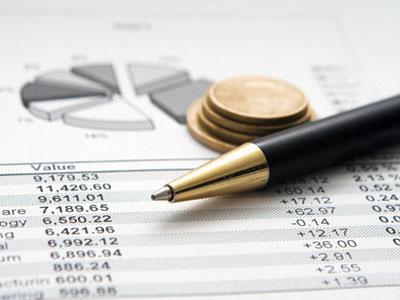
In this case, the following transactions Dt 25/26 can be carried out:
- Kt 02, 05 - accrued depreciation of fixed assets and intangible assets;
- CT 70 - accrued wages to general production (administrative) personnel;
- Kt 69 - accrued social. payments to employees engaged in maintenance of workshops (management employees);
- Kt 76 - payment of utility bills is included in general production (general) expenses;
- CT 10 - materials were sent for the maintenance of production (administrative) facilities.

In addition to the account assignments discussed, others can be applied. The main thing is not to violate the principle of double entry and to follow the rule of an active account: crediting in debit, write-off - in credit.
Credit operations: write-off of overhead expenses
The instructions for using the standard chart of accounts say that collective synthetic accounts 25 and 26 must be closed at the end of the month. This requirement means that all debit amounts are credited to account 20 (or 90 for general business expenses). The accountant will record transactions like:
- Dt "Main production" Kt "General production costs" - written off the amount of general production costs incurred for the needs of the workshops of the main production;
- Dt “Serving production” Kt “General production costs” - the amount of overhead costs for the remuneration of personnel of the servicing production;
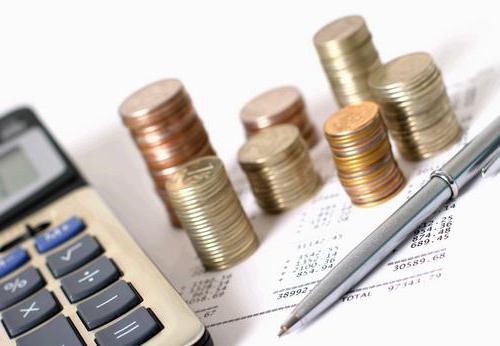
- Dt “Auxiliary production” Kt “General production costs” –– deducted expenses for utility payments of objects auxiliary production;
- Dt "Main production" CT "General expenses" - in the composition of the actual production cost were included general expenses;
- Dt "Cost of production" CT "General expenses" - the amount of administrative expenses written off to the cost of production.
Depending on the credit of which account the data of debit turnovers of general business expenses are credited, the full or production cost of products is formed.
Production cost
Costs associated with the maintenance or maintenance of production facilities can be attributed to the final result in proportion to the amount set by the accounting policy. The distribution of overhead costs is aimed at calculating the cost of a unit of output at the exit from the workshop, taking into account all the costs of the industrial cycle.

The distribution of overhead and general business expenses when applying this method occurs in different ways: from account 25, the amounts are written off to account 20, and from account 26 into 90. Thus, administrative and other overhead costs in part of general expenses are not part of production cost, and relate directly to the financial result.
This is one of the methods that can be applied in the enterprise. Indicators of production costs allow us to analyze the profitability of a particular workshop and to regulate the cost of producing certain types of products.
Cost and taxation
In order not to create additional registers for tax accounting purposes, overhead costs are best taken into account at full production cost.The method involves writing off to debit of account 20 both overhead and general expenses. The choice by the accountant of the method of attributing indirect costs to the cost of goods should be based primarily on the provisions of the accounting policies of the enterprise.
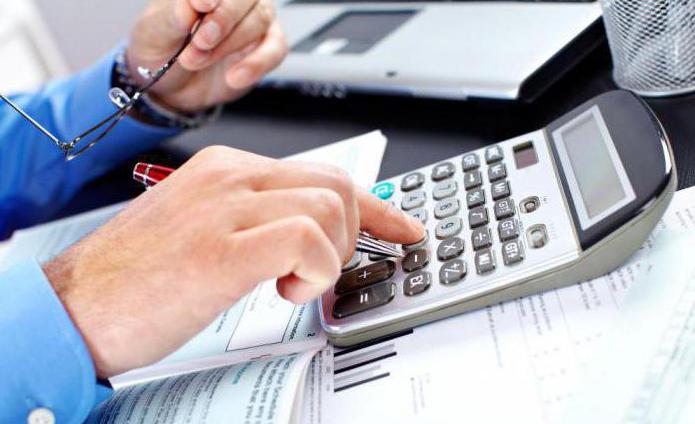
General production costs (account 25) and expenses for general business needs, together with the data of account 20, make up the bulk of the cost of manufactured products. The data is used both for the purposes of accounting and analysis of the financial activities of the enterprise, and for the data of the tax service.








